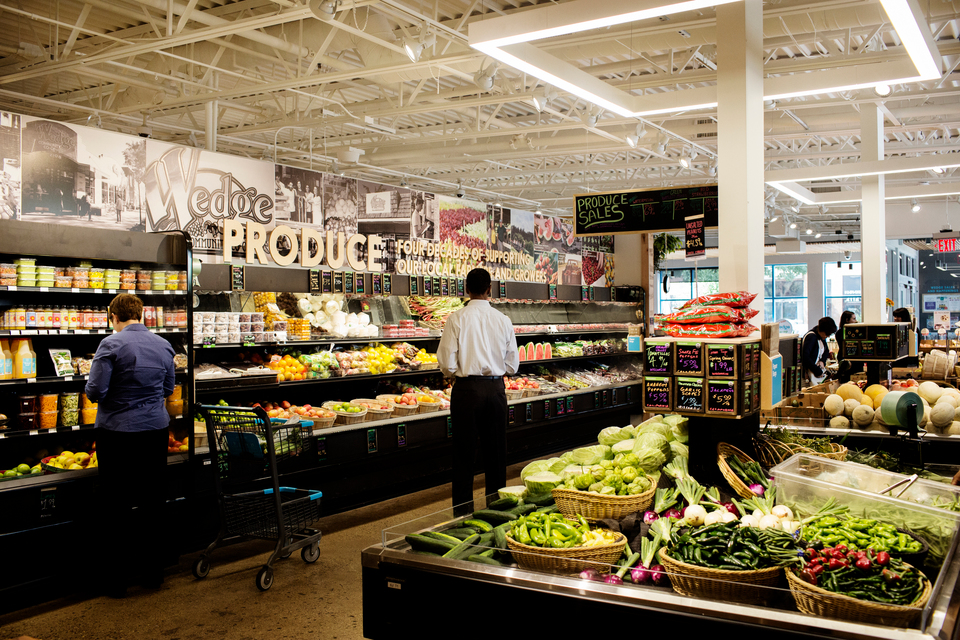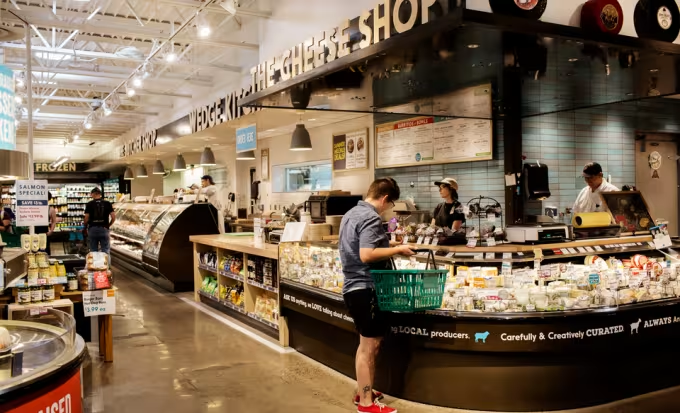Three Ways Grocers are Elevating Online Order Picking in Their Stores

A version of this article was published in Grocery Dive. Read the full piece here.
Picking online orders is still causing headaches for grocers on multiple fronts, with customers often groaning about inadequate substitutions or bruised produce and in-store shoppers jostling with e-commerce workers to select products in the aisles.
Major players like Kroger are looking to solve those dilemmas with dedicated fulfillment sites for online orders and automation that takes the burden of order picking off store associates and gig workers. But many other grocers continue to rely on in-store fulfillment for online orders. Sometimes this is by choice — Walmart, for example, is leaning on its existing retail locations’ proximity to customers to help fulfill online orders — and sometimes it’s due to financial constraints that keep them from investing in off-site e-commerce infrastructure.
Sources in the industry outlined three key areas grocers can invest in to help make in-store order picking more efficient while also offering a quality experience to both in-store and online customers: store design, technology and training.
As an incentive to step up e-commerce fulfillment, some companies, like SpartanNash and Shipt, have positioned their workers as high-touch personal shoppers and promoted their services as a competitive advantage.
SpartanNash relies on its own workers to pick and pack orders for its Fast Lane and Groceries To Go services at close to 120 stores across the Midwest.
“What we find is that, as our customers get used to the program and used to [SpartanNash’s personal] shoppers who are working, they’re going to say, ‘I specifically want Maria to shop my order. She knows exactly what I’m looking for,’” said Matt Van Gilder, SpartanNash’s director of digital marketing and commerce.

Designing (and redesigning) stores for picking efficiency
E-commerce fulfillment is a “huge” focus for grocers as they consider their store designs and layouts, said Craig St. Clair, associate principal at Cuningham, an architecture, design and planning firm. But the need for e-commerce infrastructure can vary store-to-store depending on customer demand and online order volume.
“It’s a very store-centric thing. Every store has its personality in terms of the customer base around it — if they’re even receptive to doing online shopping,” St. Clair said.
Grocers are hesitant to invest in dedicated e-commerce facilities as consumer interest has waned following online shopping surges early in the pandemic, St. Clair noted. Overall, grocers that are seeing high online order volumes are looking to improve shopper flow and carve out dedicated spaces for online order fulfillment inside their stores, St. Clair said along with Gregory Houck, principal and director of new work at the same firm.
Both St. Clair and Houck stressed the importance of grocers being flexible with their store design so they can accommodate e-commerce workers now and, eventually, automation, which Houck said forward-looking grocers are planning for in the next 10 to 20 years.
In some cases, grocers are moving dry goods and center store to the back-of-house and accentuating fresh foods departments and meal solutions front-of-house, they noted. This can enhance stores’ “fresh” appeal while also pushing aisle shopping, which can get crowded with online and in-store shoppers, to the margins.
